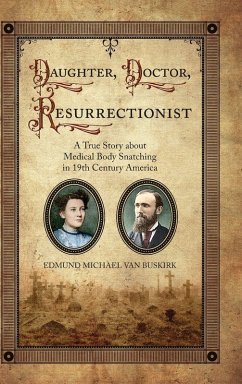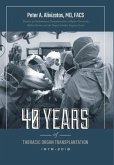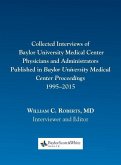Empty graves. Coffins splintered. Bodies . . . missing. In the late nineteenth century, Fort Wayne, Indiana is rocked by an ongoing series of shocking crimes: local cemeteries are being stalked, their fresh bodies stolen. Who would do such a thing? All eyes are on the local medical college and Dr. A.E. Van Buskirk, its young demonstrator of anatomy, who must supply the medical school with subjects for dissection. With an attention to both medical history and local lore, Edmund Michael Van Buskirk traces the incredible true story of a scandal that was passed down through his family for generations. He delves deep into the infamous practice of medical body snatching and how it became a grim necessity for anatomy study in early American medical schools. With the patience of a doctor dissecting an interesting subject, Van Buskirk untangles and pulls apart complicated narratives, then weaves them into a compelling story of family, scandal, and an appalling history that lurks on the "dark fringes of medicine."
Hinweis: Dieser Artikel kann nur an eine deutsche Lieferadresse ausgeliefert werden.
Hinweis: Dieser Artikel kann nur an eine deutsche Lieferadresse ausgeliefert werden.








